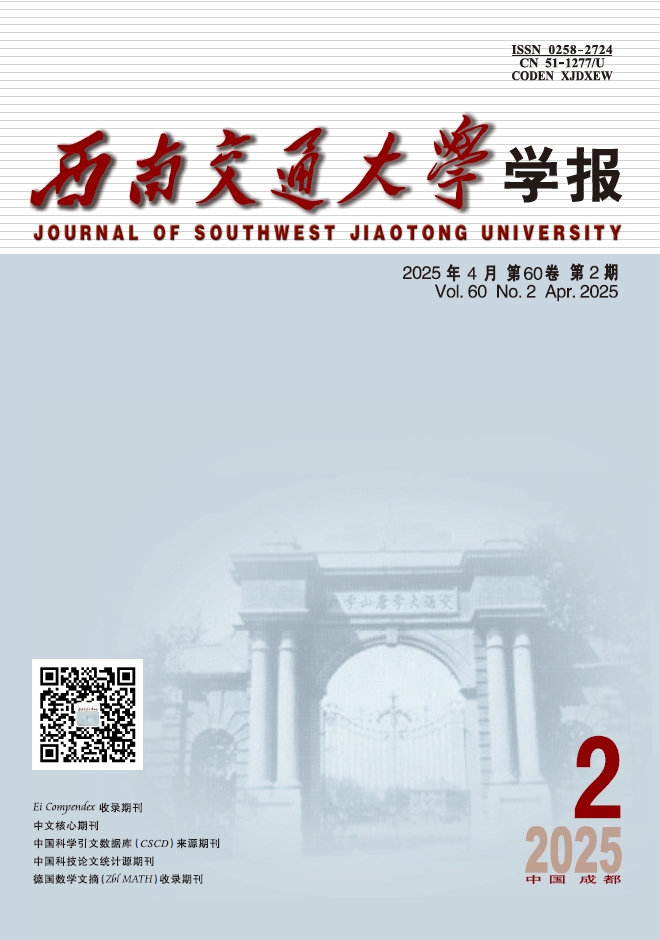2002 Vol. 15, No. 2
Display Method:
2002, 15(2): 111-116.
Abstract:
2002, 15(2): 117-120.
Abstract:
2002, 15(2): 121-124.
Abstract:
2002, 15(2): 125-128.
Abstract:
2002, 15(2): 129-133.
Abstract:
2002, 15(2): 134-147.
Abstract:
2002, 15(2): 138-141.
Abstract:
2002, 15(2): 142-145.
Abstract:
2002, 15(2): 146-149.
Abstract:
2002, 15(2): 150-153.
Abstract:
2002, 15(2): 154-157.
Abstract:
2002, 15(2): 158-162.
Abstract:
2002, 15(2): 163-166.
Abstract:
2002, 15(2): 167-171.
Abstract:
2002, 15(2): 172-176.
Abstract:
2002, 15(2): 177-179.
Abstract:
2002, 15(2): 180-185.
Abstract:
2002, 15(2): 186-189.
Abstract:
2002, 15(2): 190-194.
Abstract:
2002, 15(2): 195-198.
Abstract:
2002, 15(2): 199-203.
Abstract:
2002, 15(2): 204-208.
Abstract:
2002, 15(2): 209-211.
Abstract:
2002, 15(2): 212-214.
Abstract:
2002, 15(2): 215-217.
Abstract:
2002, 15(2): 218-222.
Abstract:
2002, 15(2): 223-226.
Abstract:




 Advance Search
Advance Search
 Email alert
Email alert RSS
RSS [Abstract]
[Abstract] Supplements
Supplements [Cited By]
[Cited By]